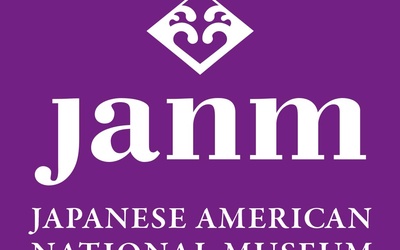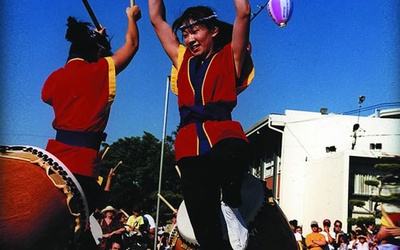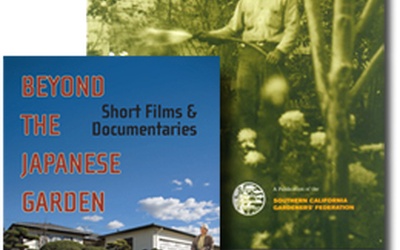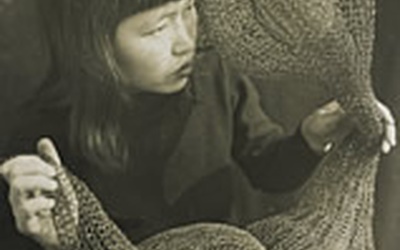Japanese American National Museum Magazine
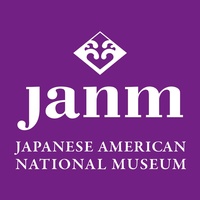
These articles were originally published in the print member's magazine of the Japanese American National Museum.
Stories from this series
America’s Strawberry: Fruit of Our Labor
Oct. 3, 2007 • Vernon Takeshita
Think of a bright red, plump strawberry, its juicy sweetness dancing on your tongue, filling up your senses. Now think of having to do without the delicious treat. Indeed, there were times in the history of the California strawberry industry when the whole enterprise seemed ready to collapse. The fact that the industry thrives today is a testament to the hard work of its practitioners, a group which includes many Japanese Americans. Strawberries have been farmed in the United States …
Letters of Conscience
Aug. 2, 2007 • John Saito, Jr.
I’m missing my good American friends very much. I wish this horrible war would stop right now so I could go back to my home farm and see the old Palos Verdes again.—excerpt of a letter to teacher Afton Dill Nance, date September 13, 1943, from Amache, Colorado She wrote them telegrams, mailed letters of encouragement, and sent care packages that included books, checker sets, a fingernail clipper, cookies, fresh cherries, and ripe peaches. On one student’s birthday, she sent …
From Obon to Kumi Daiko: Big Drum in Hawai`i
July 28, 2007 • Sojin Kim
The steady beat of a taiko has long provided the accompaniment for Bon-odori celebrations in Hawai`i. The taiko tradition has been passed along from generation to generation and from one family member to another. Third-generation taiko player Kay (Watanabe) Fukumoto, who learned Obon taiko from her grandfather Tomio and her father, Albert Watanabe—former Keahua plantation musician—recalls: “Ever since I can remember, my mom would take me to my dad’s taiko practices during Obon season. My sister and I would just …
Reflections of a Gardener's Son
July 4, 2007 • Yosh Kuromiya
My Dad was working as a gardener when I was born. Then, when I was in first grade, he dropped his gardening work to establish a fruit-stand business, which was just starting to do well when Pearl Harbor was attacked. We lost everything when they sent us to Heart Mountain. After the war he went back into gardening because it was cheaper to buy a lawn mower and pick up a few jobs than to invest in another business. I …
Japanese American Gardeners: Their Stories and Their Landscapes
June 28, 2007 • Susan Chen
Few Japanese art forms have enjoyed as much popularity in the United States as the Japanese-style garden. First introduced to this country at the 1876 Philadelphia Centennial Exposition, these gardens immediately captured the imagination of the American public. Displays of Japanese-style gardens and pavilions soon became a fixture at virtually all expositions and World’s Fairs, and they also proliferated in public parks, school grounds, business properties, and private estates of the wealthy. By 1920, many of today’s popular gardens had …
Strength in Beauty: Ruth Asawa
May 24, 2007 • Japanese American National Museum
"I can see glimpses of my childhood in my work. The seemingly endless patterns we made in the dust, the shapes of the flowers and the vegetation, the translucence of a dragonfly’s wing when sunlight pours through it—these things have influenced my work.” - Ruth Asawa, 2001 Strength in Beauty For Nisei artist Ruth Asawa, her work reflects the richness of everyday life and the beauty of ordinary things. Her intricately crocheted wire sculptures, lithographs, and drawings, speak of the …

